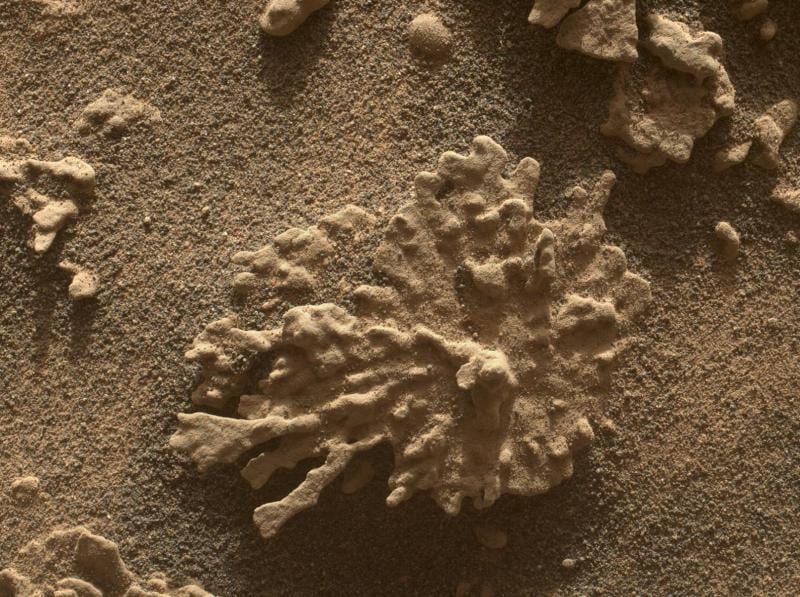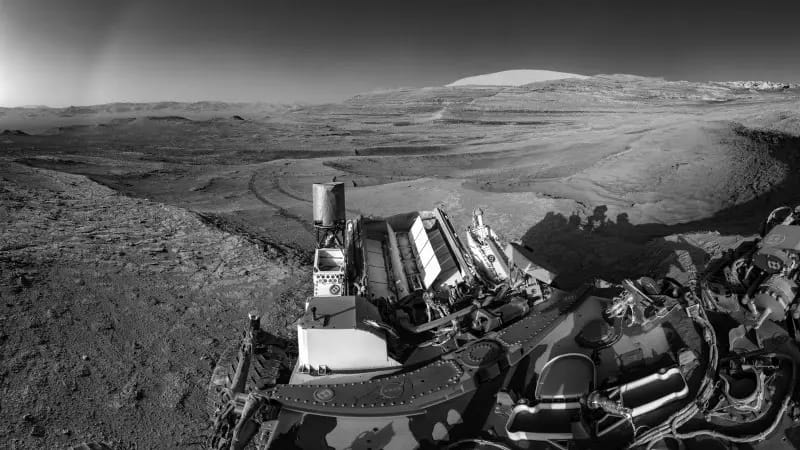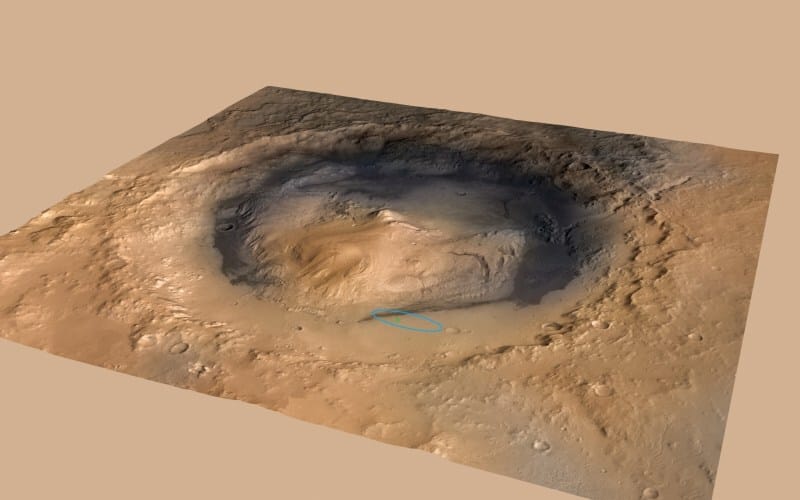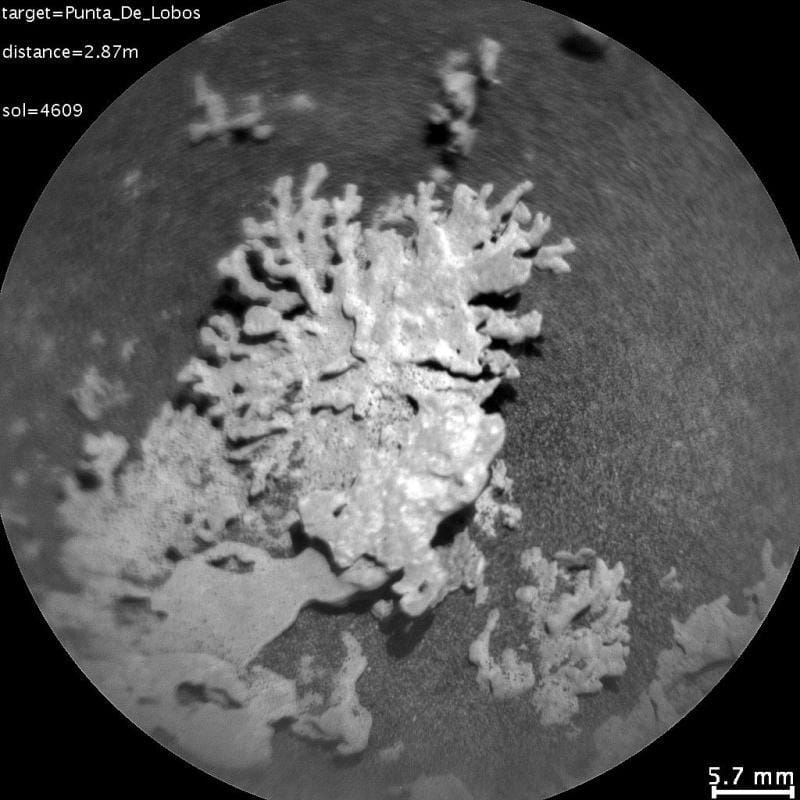Thirteen years into its mission, the Curiosity rover is still exploring Gale Crater on Mars, revealing hints of the planet’s ancient past, one strange and beautiful rock at a time.
NASA’s long-lived rover recently spotted a tiny rock on Mars that looks just like coral you’d see in the ocean.
But we’re told its not biological, it’s a piece of Martian history carved by wind and time.

The rock, only about an inch wide, was shaped billions of years ago when water flowed through cracks in Mars’s surface.
Minerals in that water hardened, and over millions of years, wind and sand wore away the softer stone, leaving behind this delicate, branching form.
The shape and size makes you truly feel like you’re on an Earth beach, not a foreign planet.

Curiosity also found another odd-shaped rock the same day, nicknamed “Paposo.”
While these aren’t fossils or signs of life, but they do tell a story. Long ago, Mars was wetter and more dynamic than the dusty, dry world we see now.

Curiosity in a selfie shot from the Red Planet.

Gale Crater, which is 96 miles in diameter. The circled spot shows Curiosity’s landing place.
Learn more about this fascinating little discovery on Live Science.

The post Remarkable Coral Like Rocks Discovered on Mars appeared first on Moss and Fog.
